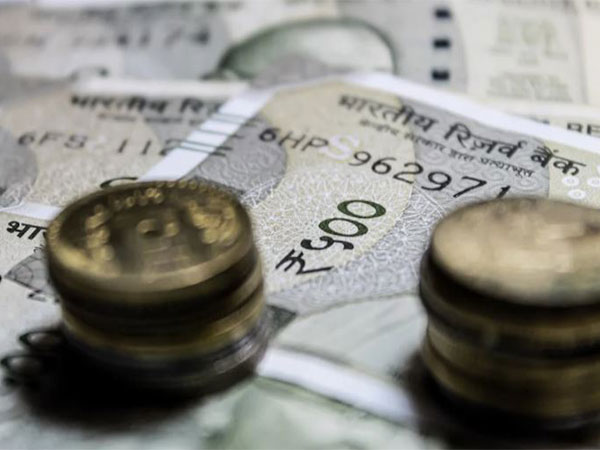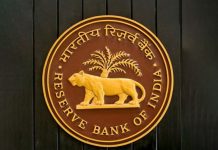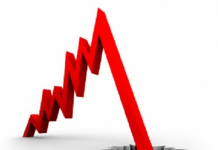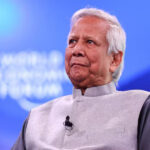New Delhi: The Indian rupee slipped to a record low of 89.43 against the US dollar in Friday’s trade amid rising demand for the dollar in the international market and the consecutive selling by foreign investors putting pressure on the rupee.
The dollar index, which tracks the US currency against six major peers, was up 0.01% at 100.09.
Brent crude traded 1.29% lower at USD 62.56 per barrel in futures trade, offering some relief on India’s inflation and import bill outlook.
Notably, on Thursday, the Rupee had closed at 88.68 per dollar, falling 20 paise.
The higher US interest rates and a cautious risk appetite among foreign investors are also resulting in continuous pressure on the Indian Rupee.
Experts believed that the rupee’s weakness is being reinforced by deteriorating trade fundamentals.
Prajyot Chopda, Partner at Rajwade Treasury Consultants LLP, highlighted that India’s goods deficit for October surged to a record USD 41.7 billion, an almost 60% jump from USD 26.2 billion a year earlier.
“Export momentum has deteriorated sharply, contracting 11.8% to USD 34.4 billion,” he said, adding that gold imports have tripled from USD 4.9 billion to USD 14.7 billion, driving overall imports up 16.6% to USD 76.1 billion.
Chopda noted that even excluding highly volatile commodity-linked sectors such as gold and crude, the non-oil, non-gold deficit widened 77% to USD 14.6 billion. “Capital flows are also subdued, compounding the pressure,” he added.
Prasenjit Paul, Equity Analyst at Paul Asset, said that through 2025, the US economy has maintained steady growth while inflation has remained above the Federal Reserve’s comfort zone. “As a result, US yields stayed elevated for longer, which naturally keeps the dollar firm against most emerging-market currencies,” he said.
He added that foreign portfolio inflows into India have been inconsistent during global risk-off phases, contributing to the rupee’s weakness.
Paul also explained that the rupee behaves differently from other Asian currencies due to the Reserve Bank of India’s approach to currency management.
“The rupee follows a different adjustment pattern because the RBI manages the currency to avoid sharp swings,” he said. “Many Asian currencies correct quickly and then rebound, but the rupee moves gradually. This sometimes creates a perception that it is weakening more, while in reality the move is more controlled.”
He added that India’s high dependence on crude imports magnifies its vulnerability. “Economies with commodity surpluses or persistent current-account surpluses naturally see more support for their currencies,” Paul said.
Jyoti Bhandari, Founder & CEO of Lovak Capital, echoed similar concerns, noting that India faces sharper pressure than many peers due to its structural reliance on imported crude and industrial inputs.
“There is also a widening hedging imbalance where importers aggressively buy dollars as exporters hold back conversions in anticipation of further depreciation,” she said.
Despite the volatility, experts believe the Reserve Bank of India is managing the pressure effectively and will continue to intervene when needed without defending any specific exchange-rate level.
Paul said the RBI has been operating in line with its long-standing approach. “The objective is to avoid sudden volatility that can disrupt trade and capital flows,” he noted.
“India’s forex reserves provide an adequate buffer for calibrated intervention when required. Forcing the rupee to appreciate artificially would not be sustainable in a period of strong global dollar demand. Allowing a gradual and orderly adjustment, while preventing sharp movements, is the most appropriate strategy, and the RBI is following that path.”
Bhandari agreed, saying the central bank is likely to intervene “only to prevent disruptive swings rather than defend a fixed level,” ensuring the adjustment remains smooth and sustainable.
“A measured approach is essential for preserving investor confidence and keeping the India growth narrative intact,” she added. Companies, she noted, will need to actively hedge currency exposures, while investors should prioritise diversification across domestic and global assets to navigate the current environment prudently.
(With inputs from ANI)


















